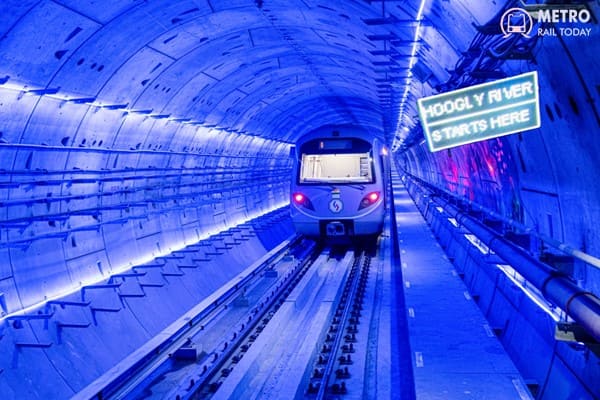 Kolkata Metro Marks 41 Years of Service to the City of Joy
Kolkata Metro Marks 41 Years of Service to the City of Joy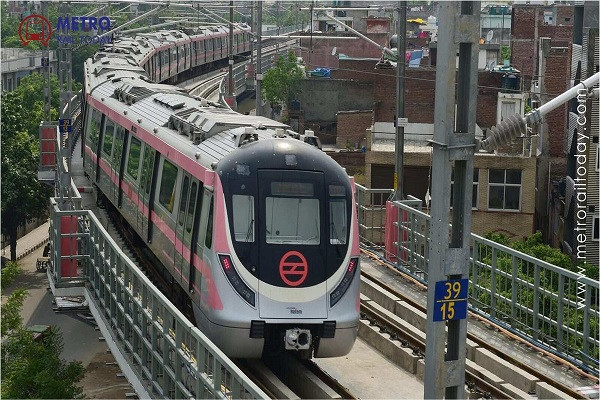 DMRC to introduce Driverless Trains on Delhi Metro Phase 4 Corridors
DMRC to introduce Driverless Trains on Delhi Metro Phase 4 Corridors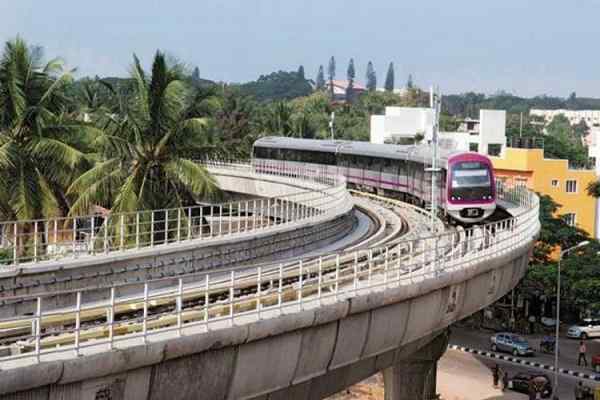 Karnataka proposes Centre of Excellence for Railways and Mobility Innovation
Karnataka proposes Centre of Excellence for Railways and Mobility Innovation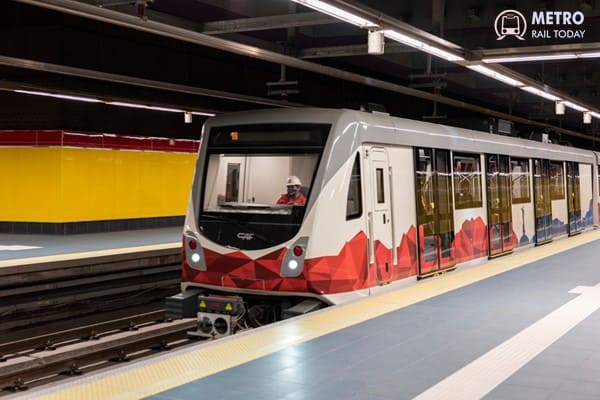 Egypt and Japan approve Greater Cairo Metro Line 4 Project
Egypt and Japan approve Greater Cairo Metro Line 4 Project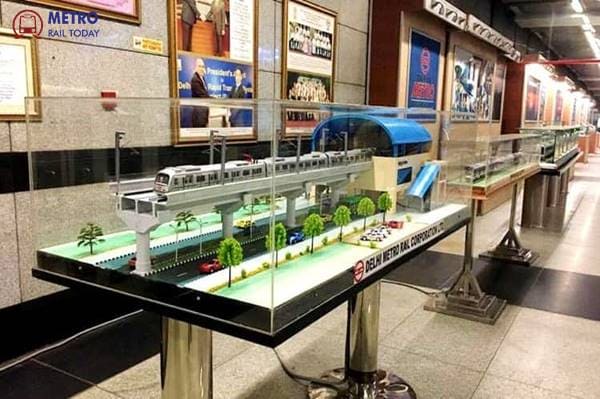 Metro Rail Today continues its legacy as Official Media Partner for 18th Urban Mobility India 2025
Metro Rail Today continues its legacy as Official Media Partner for 18th Urban Mobility India 2025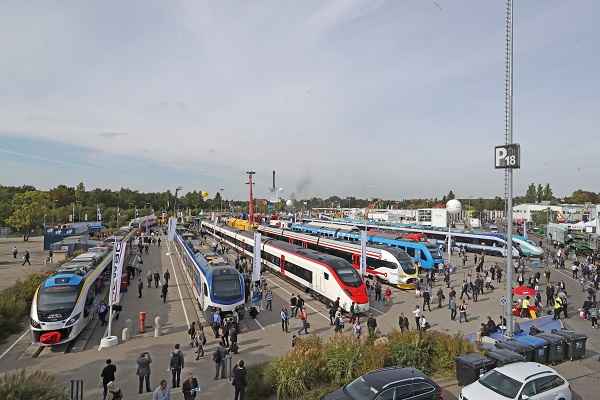 Alstom bags €1.4 billion contract from SNCF Voyageurs to supply 30 Very High Speed Trains
Alstom bags €1.4 billion contract from SNCF Voyageurs to supply 30 Very High Speed Trains Nokia and ST Engineering partner to deploy communications network on Bangkok Metro’s Orange Line
Nokia and ST Engineering partner to deploy communications network on Bangkok Metro’s Orange Line How Mumbai Built Its Deepest Aqua Line Metro Project — And Won the City’s Heart?
How Mumbai Built Its Deepest Aqua Line Metro Project — And Won the City’s Heart?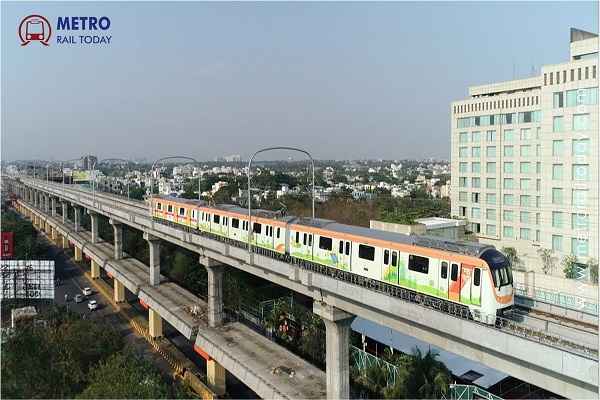 Feasibility Study begins for Sitabuldi–Koradi Metro Corridor under Nagpur Metro Phase 3
Feasibility Study begins for Sitabuldi–Koradi Metro Corridor under Nagpur Metro Phase 3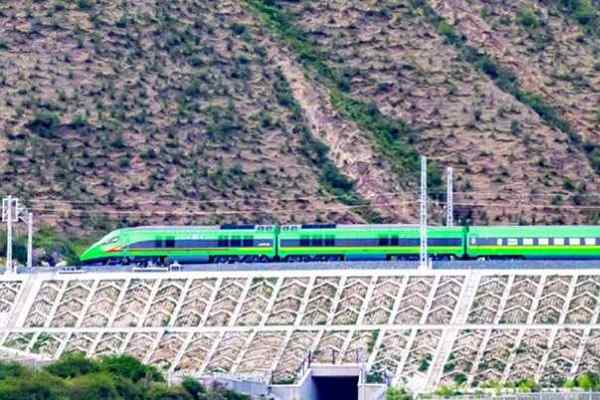 Saudi Arabia’s $7 Billion Land Bridge: Building a High-Speed Future Across the Desert
Saudi Arabia’s $7 Billion Land Bridge: Building a High-Speed Future Across the Desert
Learning from Exits: Re-evaluating the Public-Private Partnership Model in India's Metro Projects
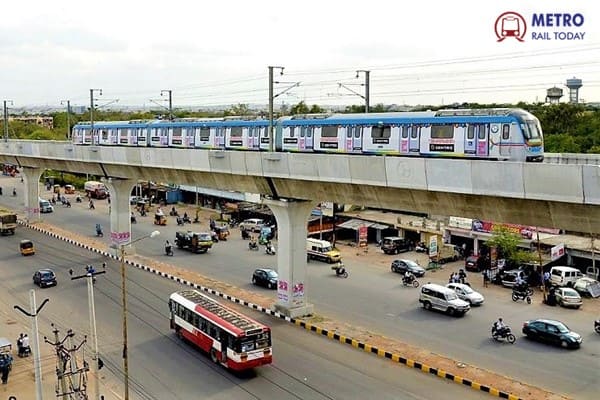
The exits of major private players—Larsen & Toubro (L&T) from the Hyderabad Metro Rail Project Phase 1, the consortium involving DLF Limited from the Gurgaon Rapid Metro Project, andReliance Infrastructurefrom the Delhi Metro Airport Express Line—mark critical junctures in India's infrastructure journey. These high-profile terminations of Public-Private Partnership (PPP) contracts, particularly in the urban transit sector, underscore systemic challenges and offer profound lessons for future infrastructure development.
Case Studies of Concession Termination
1. L&T’s Exit from Hyderabad Metro Rail (Phase 1)
The Hyderabad Metro Rail, once hailed as theworld's largest metro project executed in the PPP model(a Design-Build-Finance-Operate-Transfer or DBFOT model), has seen L&T exit due tomounting financial losses and debt.
- The Problem: The project, spanning 69 km, incurred significant expenditure and debt (currently around ₹13,000 crore). Factors contributing to the financial strain included initial project delays, lower-than-expected ridership, and the financial impact of the COVID-19 pandemic.
- The Resolution: The Telangana government agreed to take over Phase 1, absorbing the debt and paying L&T a one-time settlement for its equity. This transfer was necessary to clear the path for the long-stalled Phase 2 expansion, which the central government mandated should have operational integration with Phase 1.
- Key Insight: This failure highlights therisk of traffic/ridership forecastsin the PPP model and the need forcontingency planning for unforeseen macroeconomic shocks(like a pandemic).
2. DLF/IL&FS Consortium's Exit from Gurgaon Rapid Metro
The Rapid Metro in Gurgaon (now Gurugram) was notable as theworld's first fully privately funded metro project.
- The Problem: While DLF's initial vision was to connect its Cyber City hub, the consortium led by Infrastructure Leasing & Financial Services (IL&FS) and DLF faced severe financial distress. IL&FS, in particular, suffered a major liquidity crisis. The concession was eventually terminated, and the operation was taken over by a government entity.
- Key Insight: This case emphasizes thecritical importance of the financial stability and credibility of the concessionaire. The failure of a single major financial entity can cascade into the collapse of a critical public infrastructure project, necessitating a public sector bailout to ensure continuity of service.
3. Reliance Infrastructure's Exit from Delhi Metro Airport Express Line (DAMEPL)
Reliance Infrastructure terminated its contract for the Delhi Metro Airport Express Line (Orange Line) just over two years into operation.
- The Problem: Reliance alleged'material defects'in the civil structure, designed and built by the Delhi Metro Rail Corporation (DMRC), claiming DMRC failed to cure these defects in time. The DMRC countered by calling the termination illegal and cited the operator's financial non-viability concerns. The dispute went into arbitration and protracted legal battles. DMRC eventually took over the operations.
- Key Insight: This scenario underscores the fundamental challenge ofrisk allocation and accountabilityin PPP contracts. Disputes over who is responsible for defects—the government's construction agent or the private operator—can quickly lead to litigation and project termination.
Lessons for India's PPP Infrastructure Model
These exits reveal deep-seated issues that India must address to successfully leverage the private sector for high-cost, long-gestation infrastructure projects.
1. Robust and Realistic Risk Allocation
The most crucial lesson is the necessity ofclear, equitable, and realistic risk allocation. In all three cases, the private partner found the risks—either financial (low ridership) or construction-related (structural defects)—to be unmanageable or unfairly placed.
Actionable Step: Future contracts must ring-fence the private sector from risks it cannot reasonably control (likedemand riskbelow a certain threshold ormajor regulatory/political risks). The government should retain risks associated with land acquisition, structural integrity of civil works, and changes in law, as it is better positioned to manage them. For instance, models like theHybrid Annuity Model (HAM)used in roads, which blends public and private funding and shifts the majority of traffic risk to the public sector, should be explored for metros.
2. Comprehensive Due Diligence and Realistic Feasibility
The financial viability of these projects was often compromised byoverly optimistic traffic and revenue forecastsduring the bidding process.
Actionable Step: Governments must engage inindependent, rigorous technical and financial due diligencebeforebidding. The private sector must be incentivized to submit conservative, rather than aggressive, financial bids. Viability Gap Funding (VGF) should be applied judiciously, not as a blanket solution, but as a transparent mechanism to bridge a genuine, calculated funding gap.
3. Strengthening Contractual and Regulatory Frameworks
The Delhi Airport Express dispute highlighted a failure to effectively manage and resolve disputes mid-project, leading to arbitration. The Hyderabad case showed how the lack of integration between the concession-run Phase 1 and the proposed government-run Phase 2 became a political and financial bottleneck.
Actionable Step: PPP contracts requiregreater flexibilityandrobust, time-bound dispute resolution mechanismsoutside of lengthy litigation. Governments should also mandateperiodic, collaborative reviewof project performance and financial models to allow for mid-course corrections, rather than waiting for a full-blown financial crisis.
4. Financial Credibility and Sector Specialization
The Gurgaon project was severely impacted by the collapse of its financial backer (IL&FS). The L&T exit also reflects a broader corporate decision to move away from theconcession businessmodel, which proved too capital-intensive and risky.
Actionable Step: There must be stringent due diligence on thelong-term financial sustainabilityof the private partner. Furthermore, the government needs to decide if theownership and operationof transportation assets is a core function it should retain, outsourcing only construction and maintenance to the private sector (e.g.,Engineering, Procurement, and Constructionor EPC contracts), rather than transferring the full financial risk of a DBFOT model.
5. Prioritizing Public Service over Private Profit
The ultimate goal of a public transport project is to provide an essential, affordable service to the public. The exits often occur when the private profit motive clashes with public interest (e.g., maintaining high fares to cover losses versus increasing affordability for higher ridership).
Actionable Step: Future PPPs must be structured with a stronger focus onoutput and service delivery metricsrather than just capital-raising. Contracts should incorporate mechanisms to ensure service continuity and prevent sudden, disruptive exits, making it costly for the private partner to abandon the public good.
In conclusion, while the PPP model is invaluable for mobilizing private capital and expertise, its success hinges on transforming it from a simple financial transaction into a true, resilient partnership. India must internalize these lessons to ensure that crucial urban infrastructure projects are not subjected to the cyclical risk of private exit and public sector bailout.Risk transfer must be meaningful, not merely contractual window-dressing.
We look forward to hearing your views and practical suggestions on how to make India's PPP model a genuine success story.




